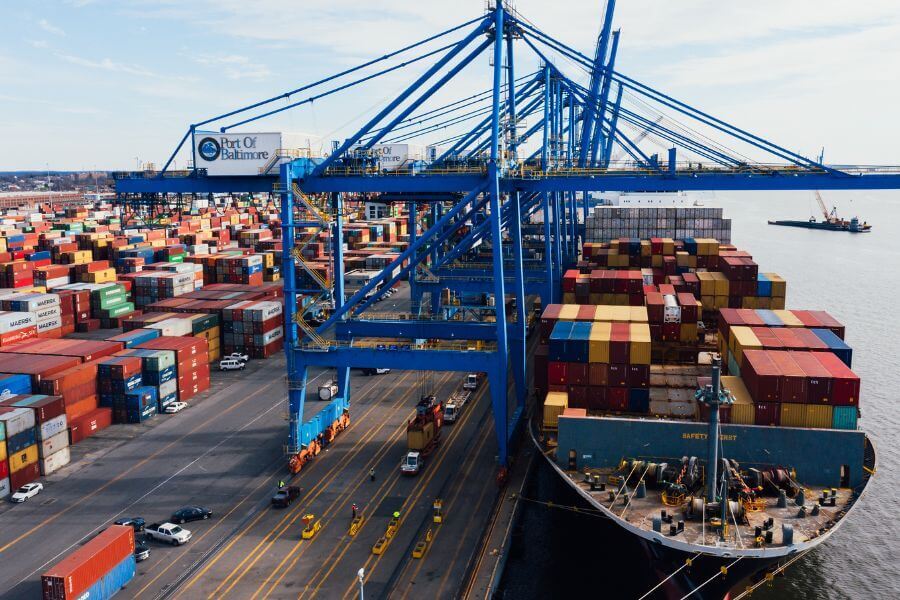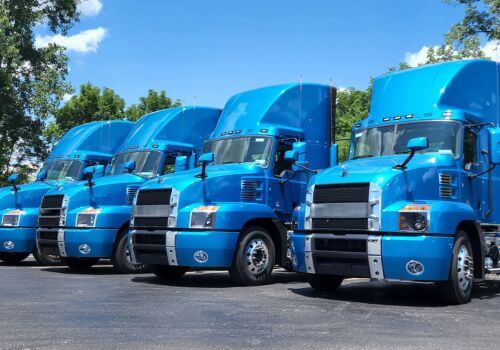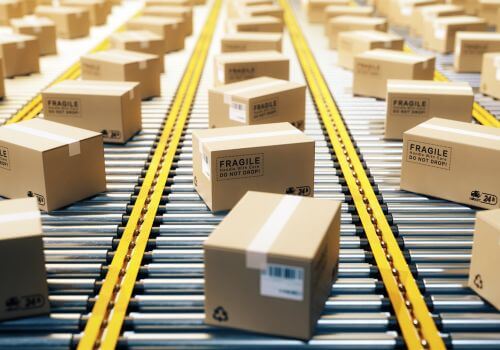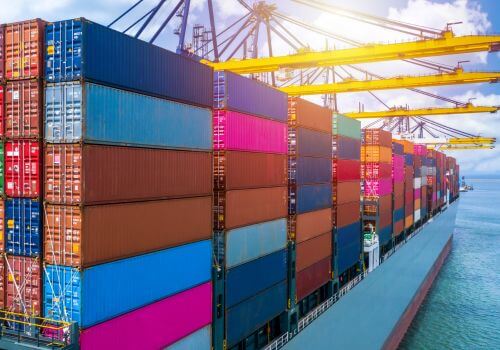What is a Final Disbursement Account (FDA) in logistics?
A Final Disbursement Account, or FDA, is a detailed document that outlines all the actual costs incurred during a vessel’s port call. It’s the final version of the financial statement that captures every expense related to the ship’s stay at a particular port. Think of it as the ultimate itemized bill for a vessel’s visit, covering everything from port fees and pilotage to cargo handling charges and agency fees.
What are the importances of FDA?
The FDA serves several crucial purposes in the shipping industry:
- Accurate cost tracking: It provides a detailed breakdown of all expenses, ensuring transparency and accuracy in financial transactions.
- Dispute resolution: A well-prepared FDA can help prevent or resolve disputes over costs between ship owners, operators, and port service providers.
- Financial planning: It allows shipping companies to analyze and budget for future port calls more effectively.
- Regulatory compliance: Proper documentation of expenses is often required for regulatory and auditing purposes.
What are the components of an FDA?
An FDA typically includes a wide range of expenses. Here’s a breakdown of the most common components:
Port fees
- Docking charges
- Port facility usage fees
- Harbor dues
- Light dues
Cargo handling costs
- Stevedoring expenses
- Cargo loading and unloading fees
- Equipment rental charges
Vessel services
- Pilotage fees
- Towage charges
- Mooring and unmooring costs
Agency fees
- Ship agent services
- Documentation charges
Crew-related expenses
- Transportation costs
- Medical expenses (if any)
- Crew change costs
Supplies and provisions
- Bunker fuel
- Fresh water
- Food and other supplies
Miscellaneous expenses
- Communication charges
- Waste disposal fees
- Any unexpected costs or repairs
What does the FDA process look like? (step-by-step guide)
Now that we understand what goes into an FDA, let’s walk through the process of creating one:
- Pre-arrival planning: Before the vessel arrives, the ship agent prepares a PDA based on estimated costs.
- Port call execution: As the vessel enters port, various services are provided, and actual costs start to accumulate.
- Cost collection: Throughout the port call, the ship agent collects invoices and receipts for all services rendered.
- Invoice verification: Each invoice is carefully checked for accuracy and compared against the initial estimates in the PDA.
- FDA preparation: Once all costs are collected and verified, the ship agent prepares the FDA, detailing all actual expenses.
- Review and approval: The FDA is sent to the ship owner or operator for review and approval.
- Payment processing: Upon approval, payments are processed to settle all outstanding bills.
- Reconciliation: Any discrepancies between the PDA and FDA are addressed and resolved.
What are the differences between FDA vs. other financial documents in shipping
To better understand the role of FDAs in the shipping industry, it’s helpful to compare them with other important financial documents.
FDA vs. Bill of Lading (B/L)
Purpose:
- FDA: Details all port-related expenses for a vessel’s call
- B/L: Serves as a receipt for cargo, a contract of carriage, and a document of title
Scope:
- FDA: Focuses on costs incurred at the port
- B/L: Primarily concerned with the cargo and its transportation
Parties involved:
- FDA: Mainly involves the ship owner, operator, and port agent
- B/L: Involves the shipper, carrier, and consignee
FDA vs. commercial invoice
Content:
- FDA: Lists port fees, service charges, and other vessel-related expenses
- Commercial invoice: Details the goods being shipped, their quantity, and value
Use:
- FDA: Used for settling port expenses and financial planning
- Commercial invoice: Used for customs clearance and determining import duties
FDA vs. freight invoice
Coverage:
- FDA: Encompasses all port-related costs
- Freight invoice: Specifically covers the cost of transporting goods
Timing:
- FDA: Prepared after the completion of a port call
- Freight invoice: Often issued before or upon delivery of goods
FDA vs. Statement of Facts (SOF)
Nature:
- FDA: Financial document detailing costs
- SOF: Operational document recording chronological events during a port call
Relationship:
- The SOF can be used to verify and justify some of the charges listed in the FDA
Purpose:
- FDA: For financial settlement and cost analysis
- SOF: For operational record-keeping and potential dispute resolution
Understanding these distinctions helps in grasping the unique role of FDAs in the broader context of shipping documentation. While other documents focus on specific aspects like cargo details or transportation costs, the FDA provides a comprehensive financial overview of a vessel’s entire port call, making it an essential tool for cost management and operational efficiency in shipping logistics.
In summary, a Final Disbursement Account (FDA) in logistics is a detailed financial statement that lists all the actual costs incurred during a vessel’s stay at a port, including fees for services, cargo handling, and other expenses.







